This is my first blog post, EVER! A little late, I know, but better late than never, right? For my first post I thought I’d share with you some of the exciting work I do. Presently, I am in an international fellowship program in social enterprise in India. I am placed with a low cost private school since the past 10 months and my role aims to provide quality education to the children from the Bottom Of the Pyramid(BOP), implementing capacity building projects and programs for schools which include anything from marketing strategies, computer aided learning, teacher training, curriculum development, career awareness workshops to art and craft modules, to name a few.
One such project, the organic vegetable market or ‘Farmville’ as the kids fondly call it, is an extension of ‘the roof top garden program’ started by last year’s fellow, Jessica Frank in R.S.K high school. I believe this project beautifully integrates last year’s project with this year’s and makes it sustainable. The Idea behind this project was to make the students empathize with a framer’s life and the process of growing crops right from tilling the soil and sowing the seeds to watering and reaping it, so that they appreciate the labor and effort that goes into bringing food to the table. I might sound like a MOM saying this but I feel kids these days are so cut off from nature and so engrossed with their television and video games, I bet they think the food grows on super market shelves.
The organic vegetable market was a competition between groups of students from classes VI, VII, VII, IX to see who grows the maximum produce and earns the most selling it. The costs involved in this project were minimal. The only expenditure since we already had a roof top garden (which does not cost much to set up if you are innovative) was for the seed packets which cost 15 rupees each. We have 8 soil beds on our roof so it only cost us 120 rupees for 8 seed packets. The best part was that it involved the parents on the final day and showed them all that their kids are learning at school, which is a big plus for any school.
In the first phase the students cleared the soil beds threw away stones and weeds, tilled the soil, leveled the ground and sowed the seeds and watered it. This barely took 2 periods on the first day.
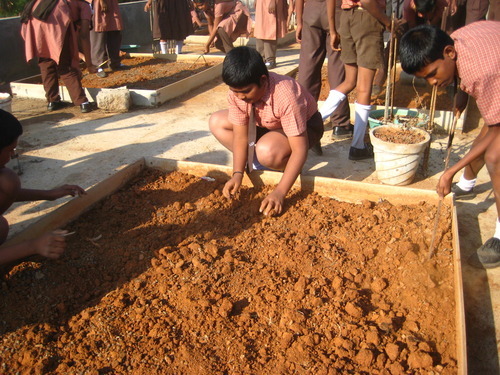
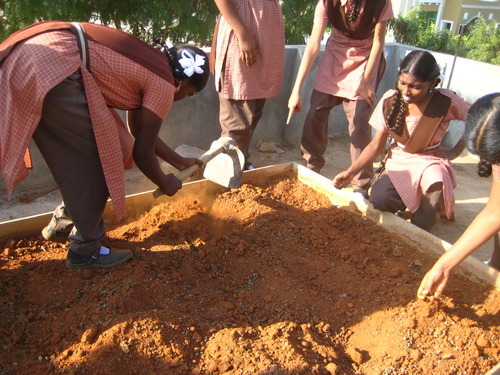
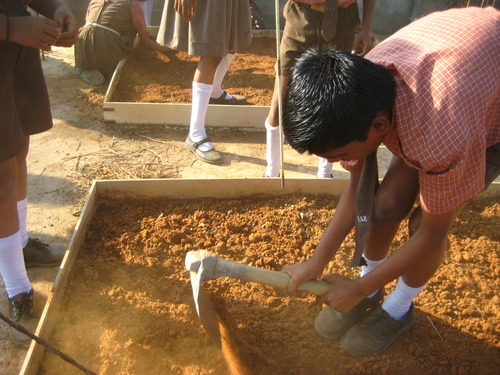
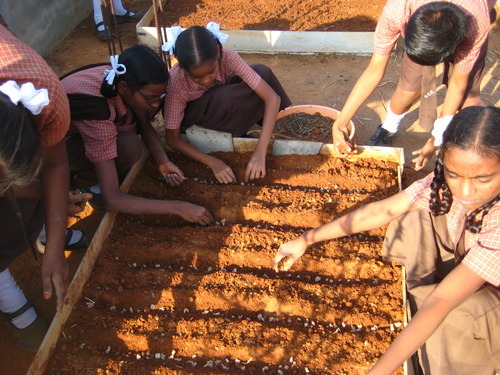

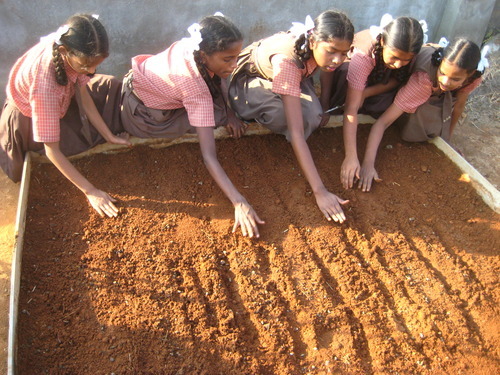

Phase two lasted almost a month where two students each took turns to water the plants roll number wise. This way the whole class got to see their vegetables through the entire process of germination. Within 4 days the seeds sprouted out and man, the excitement that followed! This was a first for me too.

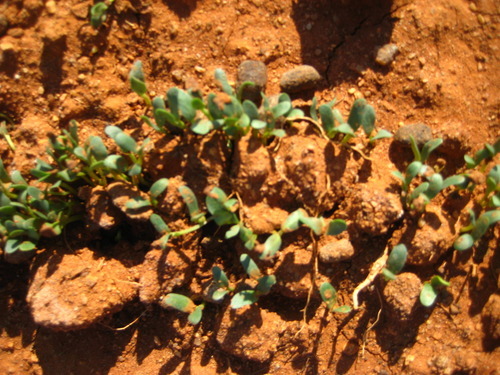
And after a month…. Ta-Dah!
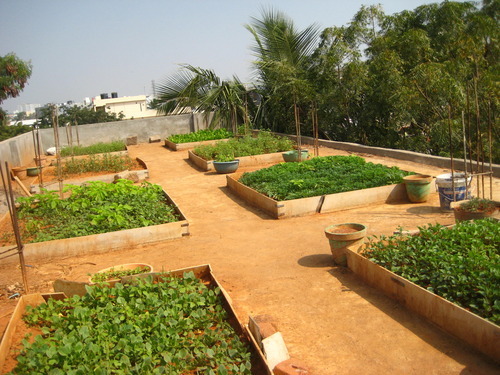
We had a lush green roof top garden with a variety of produce ranging from Spinach, Meethi, Dhaniya to tothakura and chukkakura.

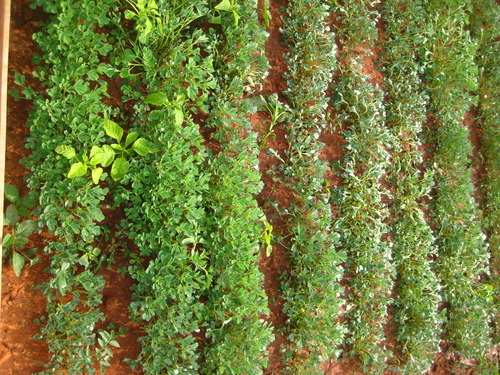
Finally on the last day the students cut, stacked, cleaned and bundled their produce. This part was important as it taught them why one should wash the vegetables before cooking them. They saw the amount of dirt that came out from just rinsing them in a bucket and what we grew did not even have insecticides or pesticides sprayed on it.
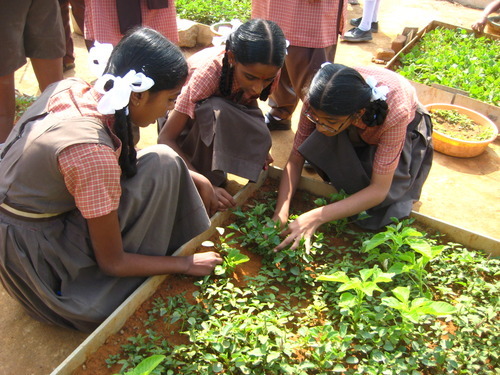
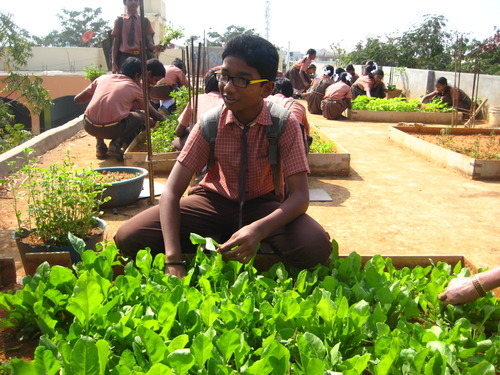
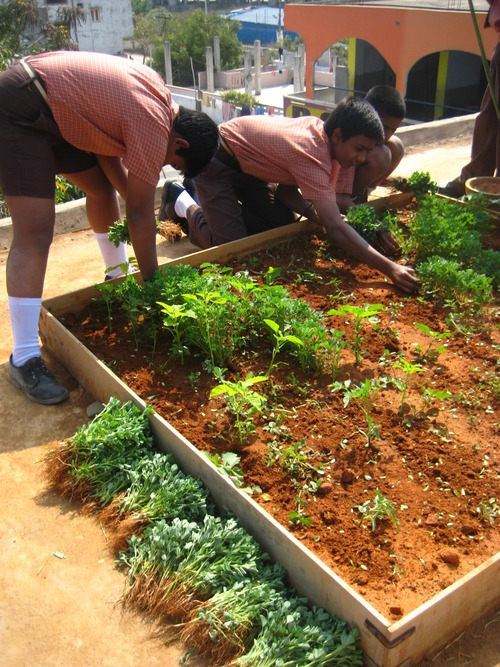
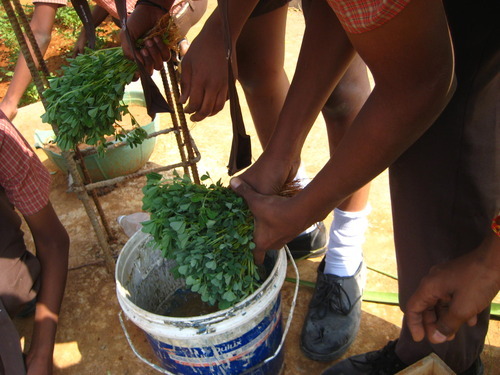
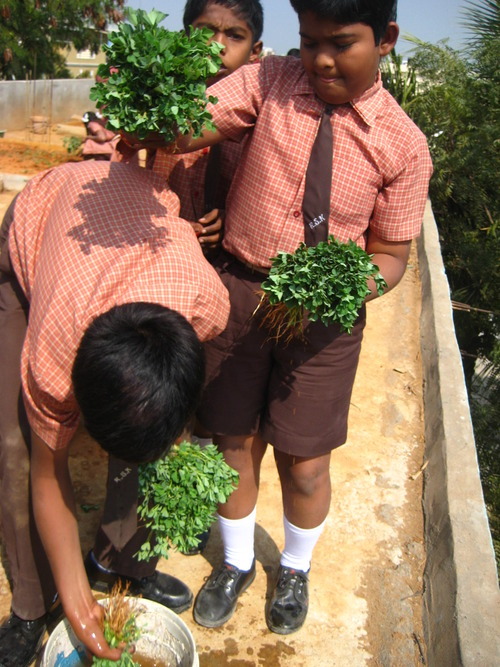
When the market opened the students were all set at their counters ready to make the sell, grabbing the attention of parents walking in by shouting out attractive offers. They used every trick in the book, selling the key points from how they were absolutely fresh and grown with no chemicals to using their ‘cuteness’ quotient.
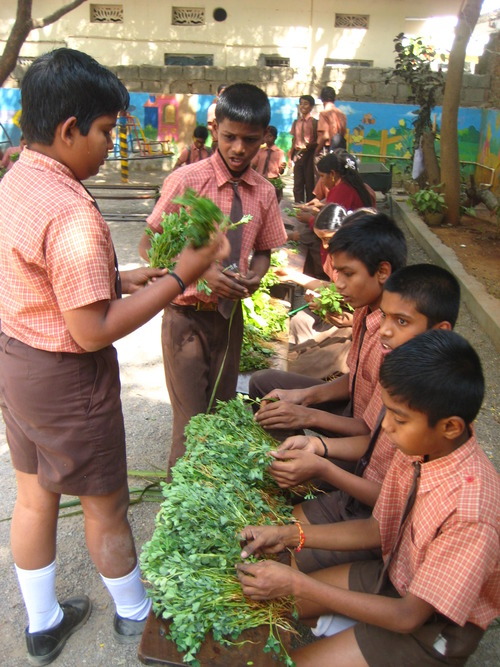
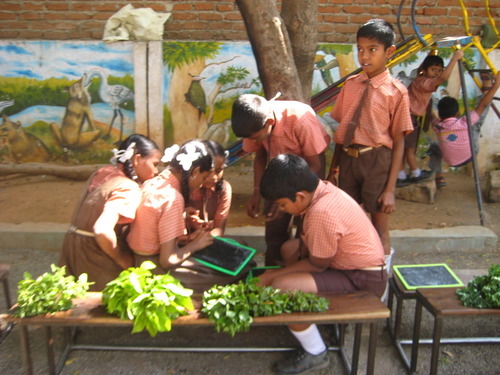
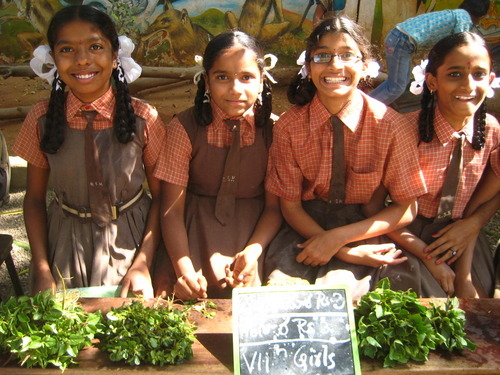
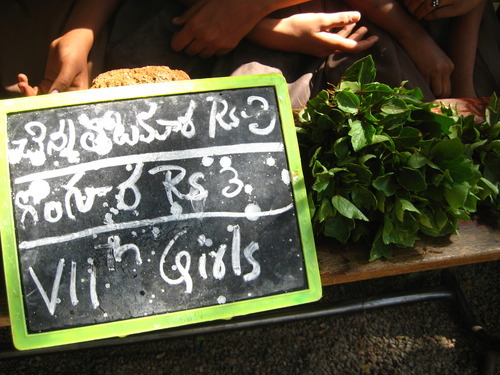
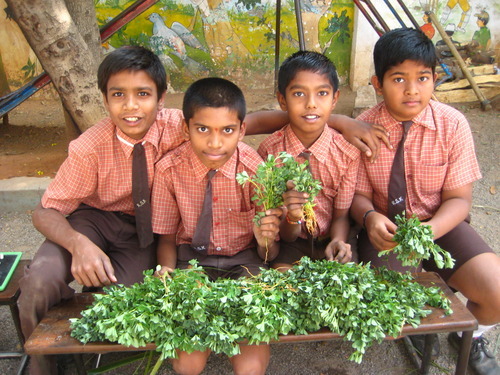
The biggest learning’s for the students from this project were budgeting, marketing skills, bargaining, team work, making a pitch and understanding how mere 15 rupees can earn 170 rupees with time, effort and labor invested. There was no supervision needed during the duration of the project; they were responsible for their own patch and it was amazing to see the discipline that came through in the end.
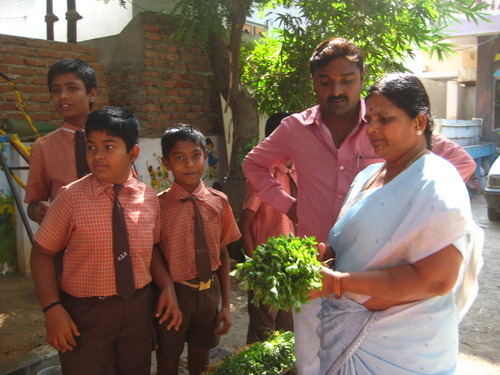
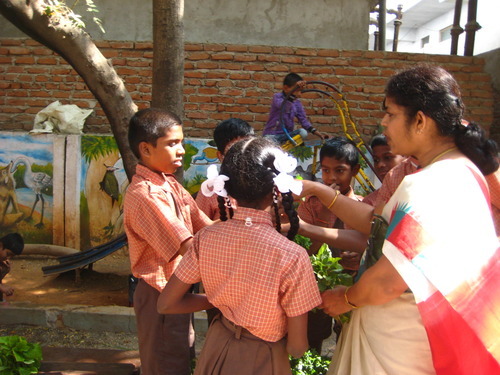
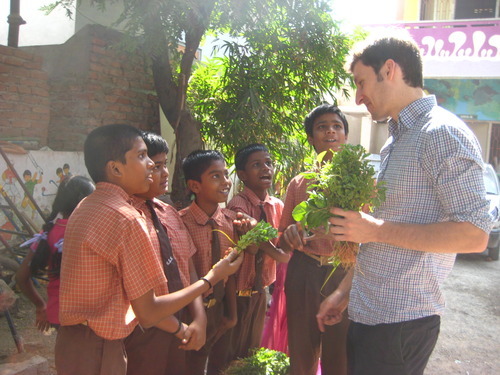
This is how we did it in our school but you can replicate this project anywhere and change it according to your need, be it your school, your community, your colony or your city. It is also a better alternative if your kid is pestering you for a puppy! While I am going to be busy spreading this in my colony over the next month, I urge you to do the same in your neighborhood for a greener tomorrow. Stay tuned for updates on how that goes.
No comments:
Post a Comment